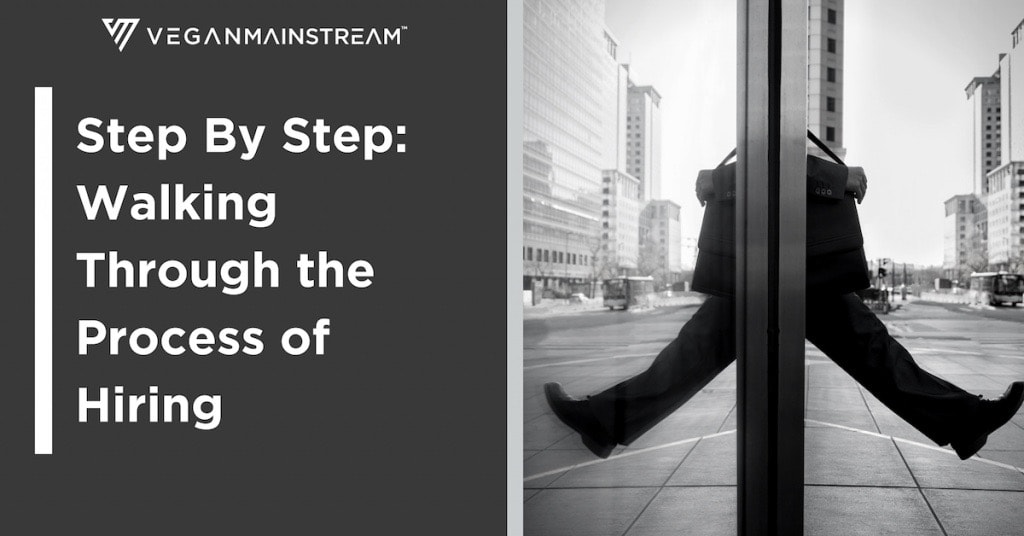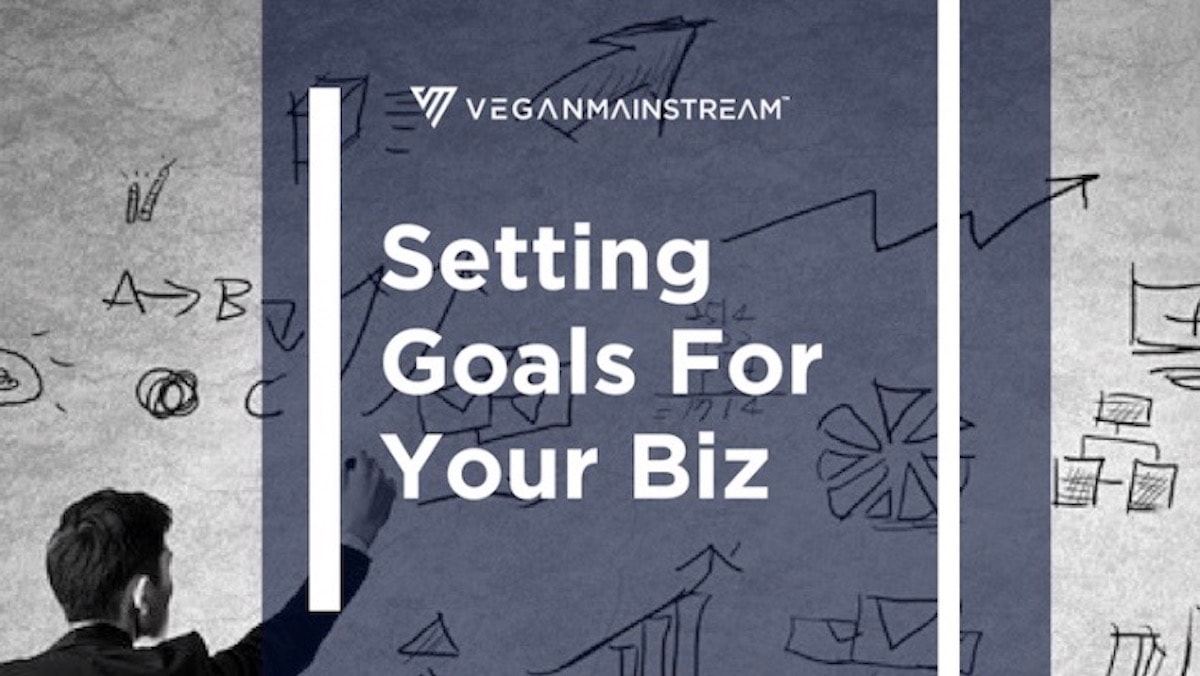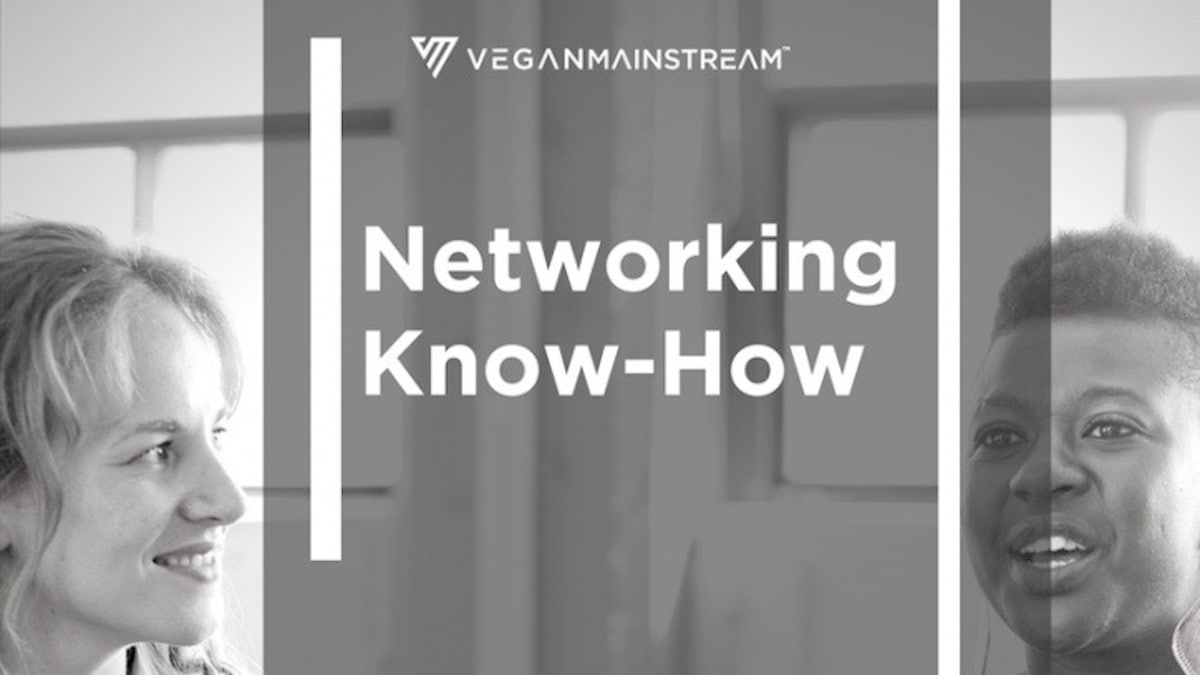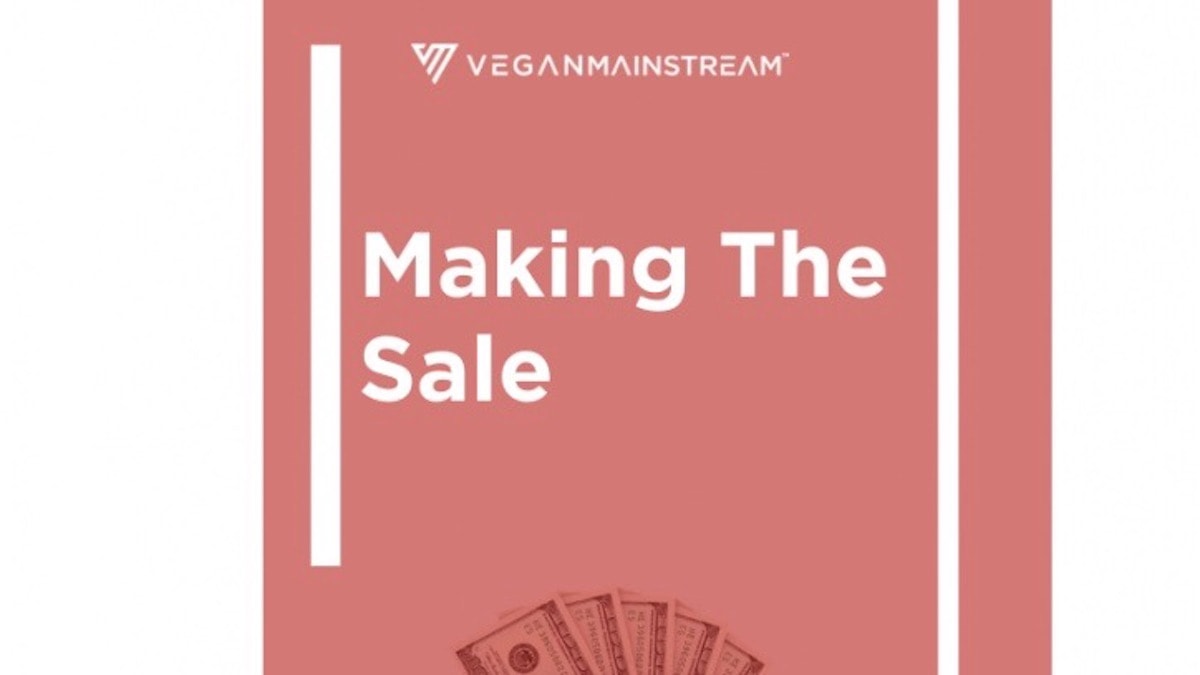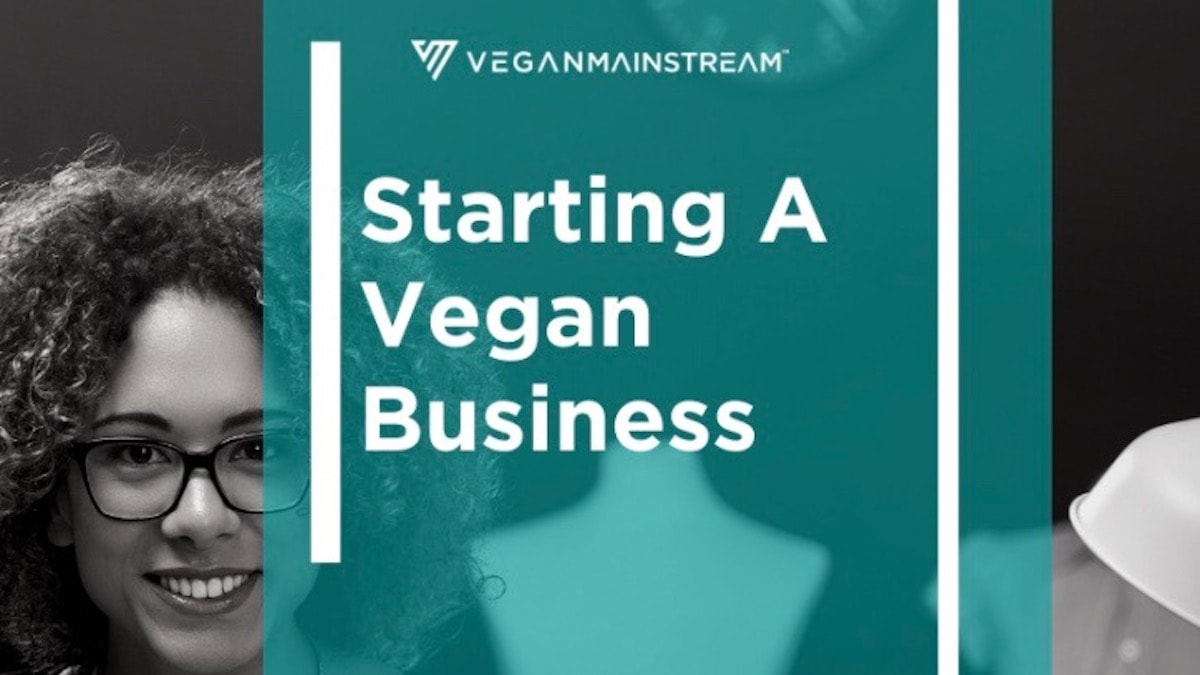You’ve done all your groundwork, and you’re ready to take the plunge. As you prepare to dive into the hiring process, I wanted to share the hiring flow that I have found to be most successful in small business.
Successful Screening
Let’s start by talking about screening. When you’re looking for a candidate, how do you screen to find the right person? Rather than just putting out a description of a job, take the time to sit down and describe some of the deliverables. This makes it much easier to evaluate someone once you have started working with them…are they meeting those deliverables? Taking this approach also gives the person you are hiring a clear understanding of your expectations, which minimizes the possibility of a mismatch later down the road, saving everyone time and money. For example, instead of describing a social media manager’s role, you could list some of the tasks and goals you want them to achieve. You might say you want to increase your weekly engagement score from 100 to 500 per week. The more specific you are, the better able candidates will be to tailor their resumes to feature skills and experience that you’ve signaled are important for this job. Remember, it is hard to write a few bullet points in a resume that truly capture years of experience. However, if you give them clues, it might help you to see who is the perfect match for the position. Imagine getting a resume that says, “I increased our Facebook and Twitter engagement scores by 40% within the last 6-months.”
Another effective way to screen candidates is to ask them to explain why they think they’re a good fit for the position in their cover letter. This is an easy way to filter through resumes…has the person actually put in the effort that shows true interest in the position? In addition, it allows you insight into the candidate’s personality and whether they will be a fit for your business.
In the Hot Seat
Next…interview questions! It’s a good idea to draft interview questions for a given position in advance. If you’re interviewing multiple people you want to make sure you ask them all the same questions as that makes it easier to evaluate them. I like to break my questions into three groups. The first group contains questions pertaining to past work, the details of a project they have completed and their role in it, or the description of a major accomplishment. The second group of questions is designed to help me understand how they plan, think and execute. Some examples might be, how will you plan your first 30 days to get up to speed? or, if you were working on xyz project how would you approach it? The final group of questions helps me find out more about their motivation and passion, as well as their de-motivators. I ask questions about conflict resolution, and what a perfect day at work looks like. I ask for examples of their dream job, and how this role would help them get closer to a personal goal. These questions are designed to help me get to know the candidate and create a more open environment for them to talk. At this stage I don’t want to still be experiencing a polished manufactured persona; an interview should be a chance for both of us to feel like this is the perfect match.
Evaluating Candidates
If there isn’t a clear standout candidate after the interview stage, you will find yourself creating a shortlist of your favorite candidates. A shortlist should only include candidates who you believe can do the job well. Your interview process should eliminate candidates who aren’t able to perform at the level required for the position. This evaluation phase should help you determine which candidate might yield better results, or maybe even exceed your expectations.
I often create an quick assessment tool to evaluate all candidates based on five criteria that I believe lead to a successful fit. These criteria may be different depending on the position and if they will be working with me or other team members, however the criteria often look something like this: skills status, inspiration level, business environment preferences, temperament, and potential for conflicts. It’s not that one criteria is good or another is bad, but the combination you use should help you to pick your best candidate based on what you need from your hire.
I normally start with three ranking options for each criteria, and then I ask myself a series of questions. For example, my assessment form might look something like this:
Skills Status: On Par | Exceeds | Overqualified
Is this person’s skills on par with the current job requirement or better than what is currently needed? Will they feel frustrated or stifled by the job scope?
Inspiration Level: Status Quo | Challenge | Inspire
Will this job challenge them? WIll it allow them room to grow and bring new ideas to the business?
Business Environment Preference: Bootstrap | Growth Pains | Fully Funded
Does this person understand what it is like to be in a small business that is bootstrapping its way to success? Are they used to having a budget or a team to manage?
Temperament: Planned & Calculated | Ebb & Flow | Sporadic
Does this person need more structure than I can give? Do they adapt easily to change? Do they get bored with doing the same things?
Mismatch: Work schedule | Expectations | Compensation |
Is this person a workaholic? Do they want a more traditional 9-5? Does the way they want to work fit with how I work?
To answer these questions you might conduct a second round of interviews, or ask your team to interview a shortlist of 2-to-4 candidates, so you have another perspective when trying to make your decision. (If you are a solopreneur you can have a trusted friend or family member conduct the interview for you).
Once I have documented my assessment of each candidate based on these criteria, normally I can choose one candidate from the group. Remember, this process is to help you rank candidates that you already believe would be a good fit. So if your top choice doesn’t accept the job for some reason, number 2 or 3 on your list shouldn’t feel like a downgrade.
Keeping People In the Know
As you navigate the process of hiring, you must consider how you are going to keep candidates informed about how things are proceeding. So before you get started, create a timeline starting with the date by which you would like to fill the position. Then work backward to determine when you will cut off applications, conduct interviews and make an offer. Once you have some key dates, you can let candidates know the estimated timeline — but always let them know that these dates are subject to change.
Once you have reviewed your first round of candidates and identified people who aren’t qualified, thank them for applying and respectfully let them know they were not chosen for the next phase in the job-selection process.
Let anyone you will be interviewing either for the first time, or at other phases of the process, know when you plan to complete your current phase. For example, `we hope to conduct all interviews by the end of next week.`
If you use the shortlist approach you can notify candidates that they have been added to that list and might be requested to partake in a second round of interviews.
Once you choose your final candidate, don’t notify the remaining shortlist candidates until you have a signed agreement from your new hire. It’s easier to hire your second choice when they don’t know they were your second choice.
Sealing the Deal
Never offer someone a job because they were the best of the worst candidates. If you don’t have a list of great people to choose from, then you need to spend more time finding great candidates.
Before you make a candidate an offer, you should know what you are willing to spend. I rarely negotiate compensation because we have a fairly fixed budget. Keep in mind, you shouldn’t be trying to persuade someone to take a job that doesn’t fit their financial needs, nor do you want over-pay for talent you simply can’t afford. So, if your #1 candidate can’t fit into the budget, consider offering the position to candidate #2.
If you plan to hire more people but you can only hire one candidate at a time,let your second- and third-choice candidates know so they aren’t surprised if you call them in a few months. Don’t lock them in or sign any agreement, but certainly consider sharing your intentions with them if you want to continue to nurture the relationship.
Take Care
When you’ve created your hiring budget, go through this checklist to make sure you’ve got everything covered.

